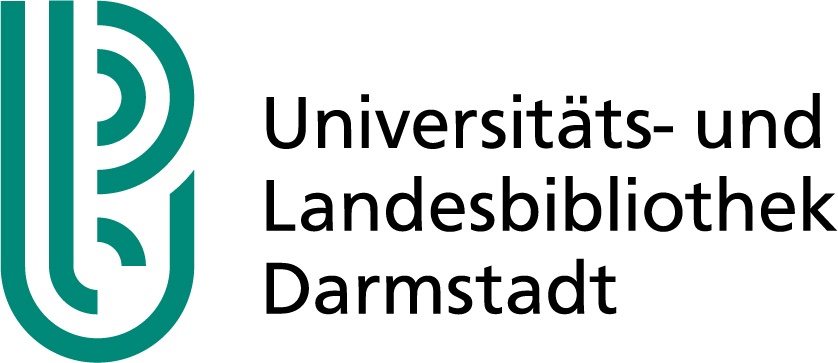Scopus, Reaxys and Springer Materials available
2017/01/09
Starting from now three new databases are available in TUfind and DBIS, the local database information system . All electronic resources are accessible within the IP range of the TU Darmstadt (including wi-fi via Eduroam) and for TU-members via VPN from outside.
Scopus is a multidisciplinary abstracts and citations database for research literature and peer-reviewed internet resources. It offers various tools for tracking, analyzing and visualizing scientific information from all subjects. It provides references and citations for all articles and enables a citations analysis (Who quotes whom? Who is quoted by others?). The evaluation can be carried out from the publication year 1996 onwards.
Reaxys (Beilstein, Gmelin) combines and replaces the three databases CrossFire Beilstein (the printed “Handbook of Organic Chemistry” by K. F. Beilstein), CrossFire Gmelin (the printed “Gmelin Handbook of Inorganic and Organometallic Chemistry” since 1771) and the Patent Chemistry Database. Reaxys gives information about organic, inorganic and organometallic compounds including structures, physical properties and chemical reactions and lists all relevant literature since 1771. Furthermore it registers patents (WO, EP, US) from life sciences and organic chemistry. For each substance more than 400 different chemical informations and physical properties, pharmacological, toxicological and ecological data are recorded and are linked with the according research literature. All in all, Reaxys holds about 29 M chemical reactions and 18 M chemical substances with an increase of 1 M per year.
SpringerMaterials is a database for physical and chemical properties of materials in physics, chemistry, engineering and materials science. It also provides data in the fields of astromomy, astrophysics, nuclear physics, biophysics, geophysics and physical chemistry and data about molecules, radicals and condensed matter. Via SpringerMaterials all contents of Landolt-Börnstein from 1961 onwards and further subset databases can be retrieved.

